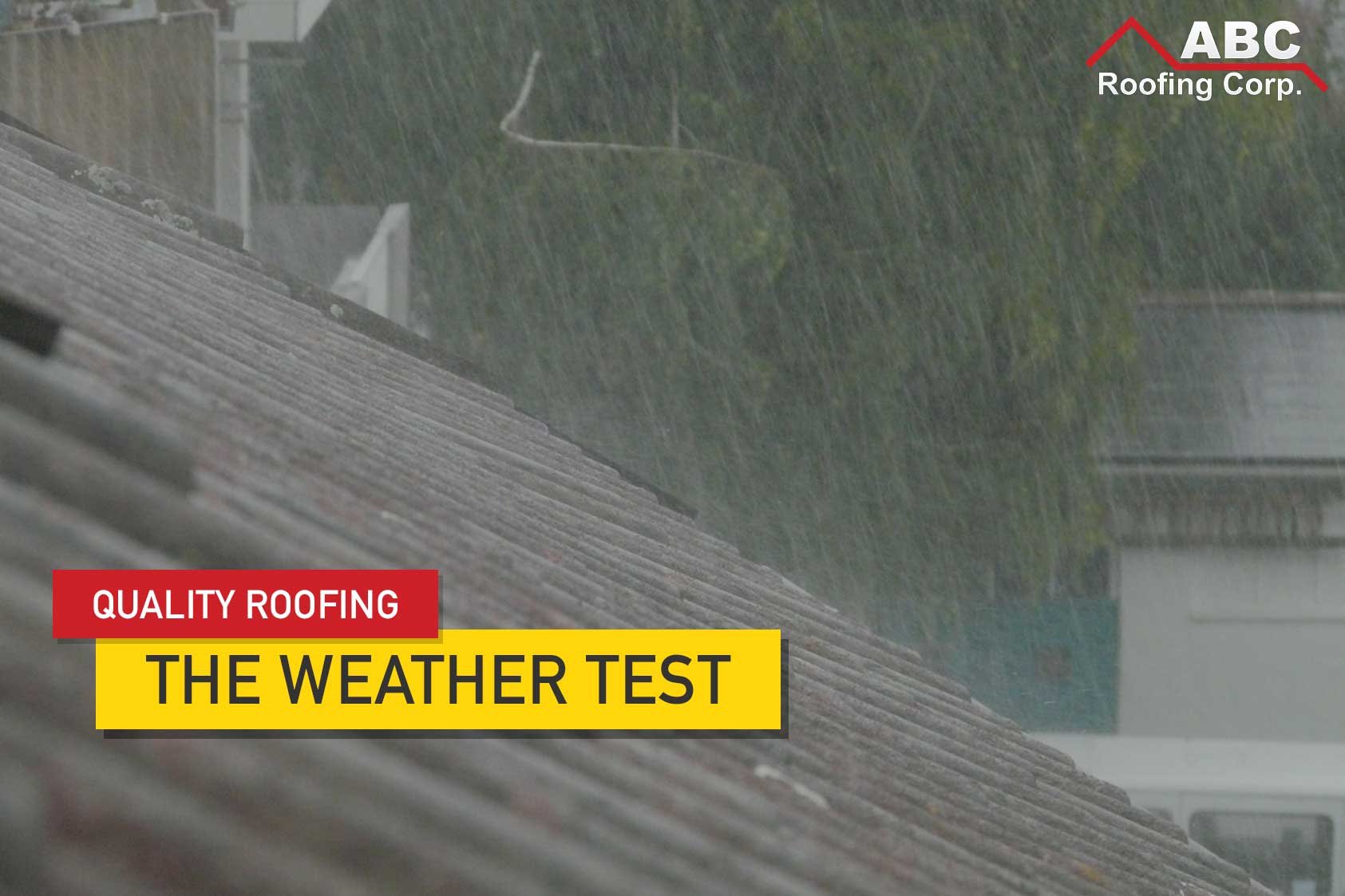
A roof is one of the most important parts of your home when it comes to keeping your family and your belongings safe. When your roof is faulty or becomes damaged, it puts everything inside your home at risk. The type of roofing materials you choose will be influenced by the climate where you live, but regardless of your roofing choice, not all roofing products are equal. Investing in a high-quality roofing material will add years of protection for your home. Here are some of the key weather tests your roof should stand up to.
Wind
Concrete and clay tile roofing are a good choice for areas where high wind speeds, hurricanes, and tornadoes are common. Concrete and clay tiles are designed for air permeability which lowers the wind stress factor considerably. Good quality tiles that are applied correctly can withstand wind in excess of 125 miles-per-hour. While shingles aren’t quite as good at resisting hurricane-strength winds as tiles are, shingles are a more affordable option in the short term.
The Effects of Wind On Low-Quality Roof Products
Breakages: Missing or broken tiles or shingles will leave the underlayment vulnerable to damage from exposure to the elements.
Rain
One of the most important jobs of a roof is to keep water out. It takes quality materials to ensure that a roof is properly waterproof. Tiles are a good roofing solution to protect against rain because of the underlayment used should prevent any seepage. Asphalt shingles can also work for rainy areas, though they tend to let more water through than tiles unless they have a secondary water barrier installed beneath the underlying felt.
Common Problems Caused Rain On Low-Quality Roofing
Roof Leaks
A shingle roof will allow a bit of seepage between the shingles but this is caught by the underlayment. When corners are cut and cheap underlayment is used, the roof will leak. Problems with underlayment are hard to detect as they are not visible externally. By the time you become aware that there is an issue, the damage is usually already extensive. Leaking causes mold, paint damage and swelling or warping of roof rafters.
Algae Growth
Poor quality shingles are more prone to algae growth and will need to be treated with algaecides.
Water Damage
Cheaper quality flashing will lead to water damage inside your home.
Wear And Tear Over Time
Good quality tile roofs should last approximately 25 years, while shingle should protect your home for 10 – 15 years. Poor quality materials will deteriorate and break long before then, causing damage to the insides and contents of your home.
Quality Now Means Peace Of Mind For Years
The importance of investing in something that protects all your belongings and your family cannot be underestimated. Using good quality materials for your roof is one of the best ways of looking after your home. Our friendly and knowledgeable staff members are ready to answer all your roofing questions. Call us today at (954) 344-4622 for advice or a free estimate.
